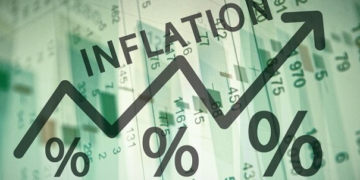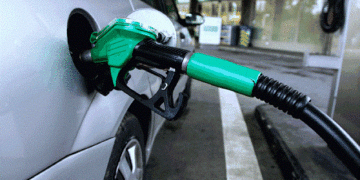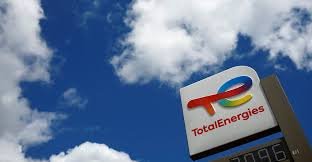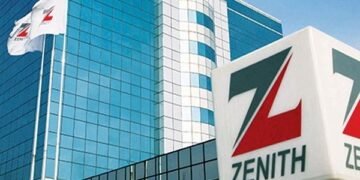(Greenwich Merchant Bank): Barely a year ago, oil prices reached an 18-year low of USD19.33pb in April 2020, fueling the decision for the Organisation of the Petroleum Exporting Countries, and its alliance (OPEC+) to cut back on the supply of crude oil to the market. Accordingly, oil production dipped by 3.7mbpd to average 25.6mbpd in 2020.
With the roll out of vaccines and the gradual recovery of economies, oil prices began to rally, hitting a post-COVID high of USD67.00pb in February 2020. Hence, the expectation that production levels will be hiked in March to ease the steep cut made in the previous year (2020). This was further buttressed by OPEC+ decision at its 13th OPEC and non- OPEC Ministerial Meeting (ONOMM) held in January 2021, where in it reaffirmed its stance to increase production by 0.5mbpd with effect from January 2021 and adjust production reduction from 7.7mbpd to 7.2mbpd.
Read: On that Misguided Food Blockade
Contrary to this popular expectation, the Ministers agreed at the 14th ONOMM, held on March 4, 2021, to maintain current status quo, leaving production cuts unchanged for April. This, however, was not extended to Russia and Kazakhstan, which were permitted to increase production by one-hundred and thirty-thousand barrels per day (130kbpd) and twenty-thousand barrels per day (20kbpd), respectively, due to their continued seasonal consumption patterns.
Furthermore, Saudi Arabia, the organisation’s de-facto leader, which had reduced its oil production for two (2) months starting in February, made additional voluntary adjustments of 1mbpd for the month of April. This brings the current total output cut to 8mbpd. That caution by the coalition sent the price of Brent crude up 5.2% to settle at USD67.31pb.
As the uncertainty ushered in by the COVID-19 pandemic still exists, despite the rollout of vaccines, the need to still restrain the supply of crude oil is pertinent in order to avoid an oil glut as global recovery remains fragile. Hence, the decision of the OPEC+ to maintain production cuts is welcomed with an accompanying note of caution. The continued curtailment of production cut should result into higher prices which may consequently encourage more US shale output, particularly as US retail gasoline prices trends towards USD3.00 per gallon for the first time in six (6) years.
On the basis of a projected world oil demand growth of 5.8mbpd to average 96.1mbpd in 2021 (as revised in February) by OPEC, we anticipate that as oil prices continue to boom on the back of improved roll-out of vaccines and increased resumption of economic activities particularly in transport services, the Ministers at the subsequent ONOMM in April 2021, may decide to fulfil its earlier position at the start of the year by increasing production levels of members by at least 0.5mbpd.























































